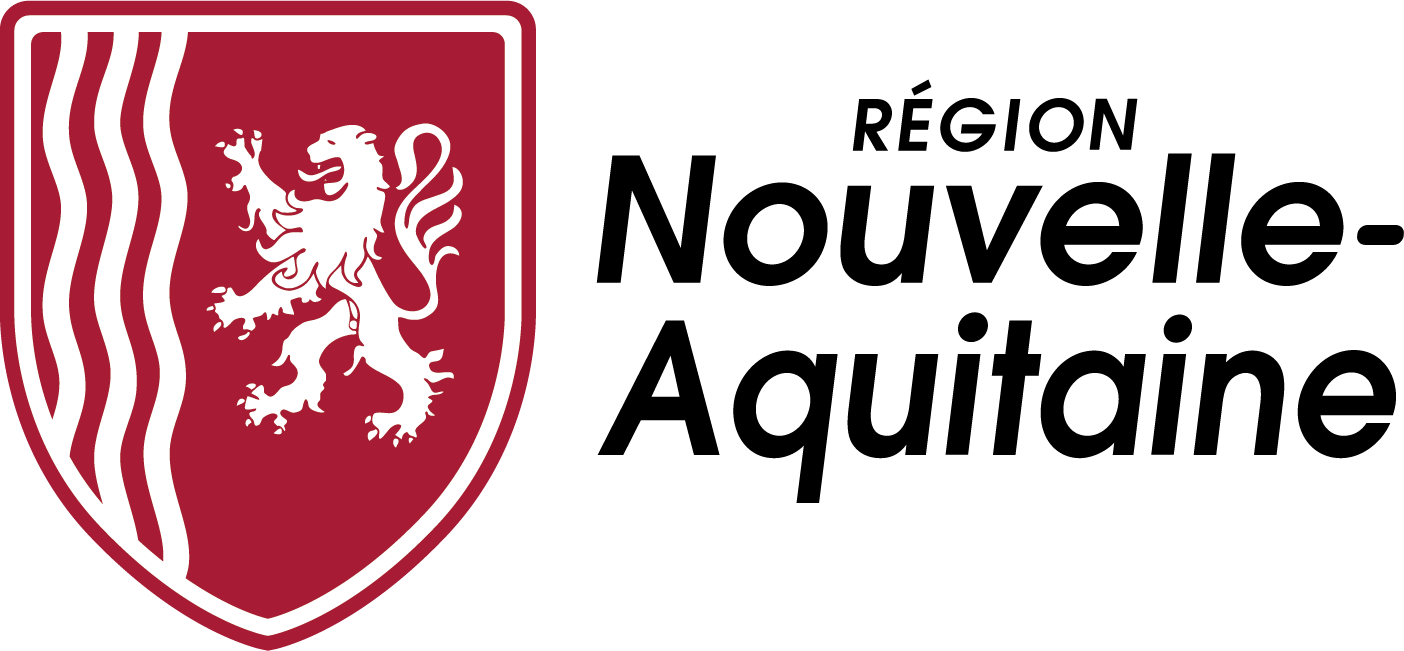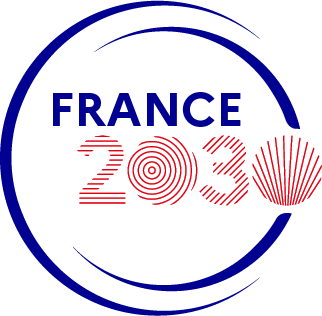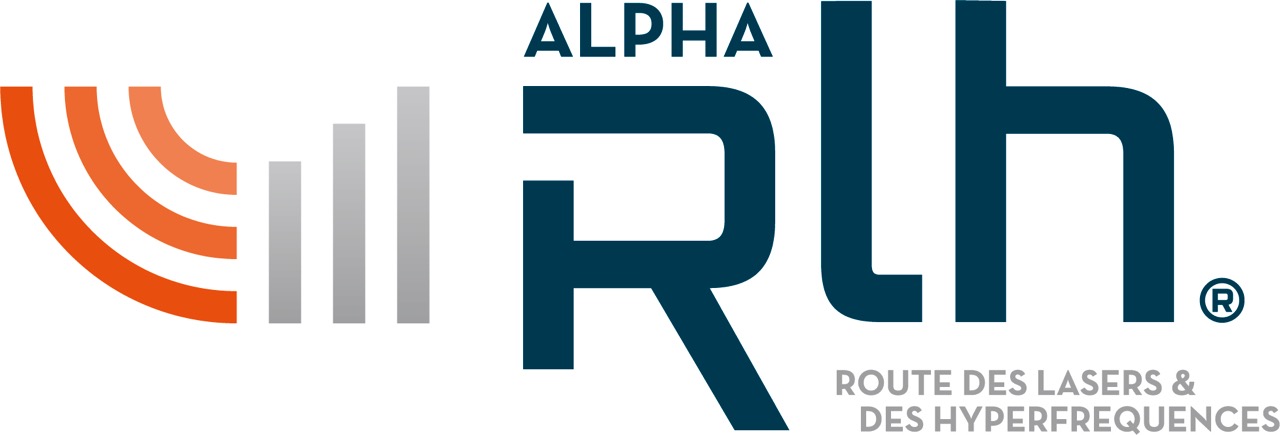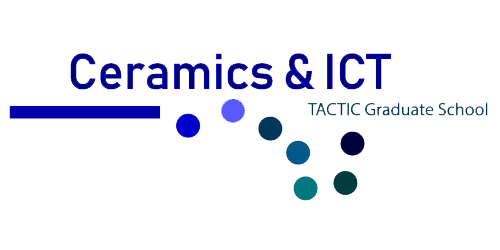You are here
SIR
The main theme developed in the "Realistic Image Synthesis" team (SIR), created in 1994, is realistic rendering techniques. Realism here should be associated to photo-realism. The goal is to represent the appearence of objects inside a virtual scene as faithfully as possible, by taking into account material properties and physical phenomena involved in light-matter interactions. More specifically, the SIR team focus on several research areas related to computer graphics:
- Procedural texture synthesis
- Physically-based representation of objects and natural phenomena
- Realistic rendering based on raycasting or beamtracing algorithms and antialiasing techniques
Several other subjects are studied by the SIR team, related to computer vision for 3D, photorealistic, urban scenes and geo-referenced navigation, in the framework of common projects and doctoral research with the Technical Education Institute of Athens (Greece).
Realistic representation of natural phenomena
Among the various problems related to the representation of natural phenomena, the SIR team focus on the adaptation of physically-based models to the constraints of computer graphics. The goal is to achieve a "physically plausible" realism without too expensive computations. This approach helps us develop, when it is possible, interactive methods that give a better control to the end-user and make use of up-to-date interaction tools. The originality of this approach is its large coverage of various domains in computer graphics such as modelling, rendering and animation.
We have developped various aging models for buildings and monuments, taking into account atmospheric pollution or physically or chemichally-based degradation of building materials, which depends on environmental parameters such as exposition to rain. Our models can adapt themselves automatically for complete buildings or details of a roman statue.
We have proposed the first multi-scale, real-time method to represent rain and its interactions with outdoor environment. Our approach correlates the attenuation of visibility at macroscopic level due to the rain and the density of rain droplets at mesoscopic scale, depending on a single parameter, the intensity of rainfall.
The representation of various types of plants and fruits using 3D modelling software is tedious because one needs to create numerous 3D objects different from each other, but close enough to belong to similar species. Our model based on 3Gmaps-L-systems allows the generation of a wide range of shapes of organic objects as well as their internal structure. Moreover, this type of volumic representation is well adapted to subsurface scattering algorithms used for realistic rendering, and can include the generation of highly detailed imperfections found on plants, fruits, flowers, etc.
Related to previous research on fluid and wave simulation, we study the simulation and aggregation of complex fluids at mesoscopic level. This project is conducted with material science researchers, and the primary goal is to improve computations performances using GPU-based parallelization. Another benefit would be the transposition of such simulation models to fluid simulation for real-time or realistic rendering.
Procedural texture synthesis
This research theme is mainly related to the procedural generation of complex details for 2D or 3D textures. Procedural generation consists in defining and visualising complex appearences of virtual objects automatically, using mathematical and statistical tools such as spectral analysis. This approach allows to define various appearances in a compact and continuous way, and can be computed in real-time during visualisation. The core of our methods is the automatic generation of such definitions by analysing one or several examples of textures, coming from the end-user or a physical simulation.
Antialiasing using ray- and beam-tracing algorithms for realistic rendering
We focus our study on the analytical computation of visibilty in 3D scenes with applications for realistic and real-time rendering. Analytical solutions allow to avoid noise and hence generate high-quality visual results. However the computation of visibility factors can become complex and suffer from robustness issues due to numerical instabilities and computation times. These issues can be solved by using adapted data structures with algorithmic properties, which allowed us to propose a new shading technique for real-time rendering and offering subpixel precision.
Gallery
|
|
|
|
|
|
|
|
|
|
|
|
Research projects and international collaborations
- Participation in the ARCHIMEDES III program, Greek Ministry of Education
- Rain-tree interactions in real-time, with the Forestry and Forest Products Research Institute (Japan)
- Simulation and control of fluid and waves, collaboration with the University of Montréal (Canada)
- Aging of complex urban scenes, with the University of Girona (Spain)
- 2 PhD theses with international co-direction (European PhD label) and 5 PhD theses with the TEI of Athens (Greece)










 UMR CNRS n°7252
UMR CNRS n°7252